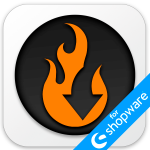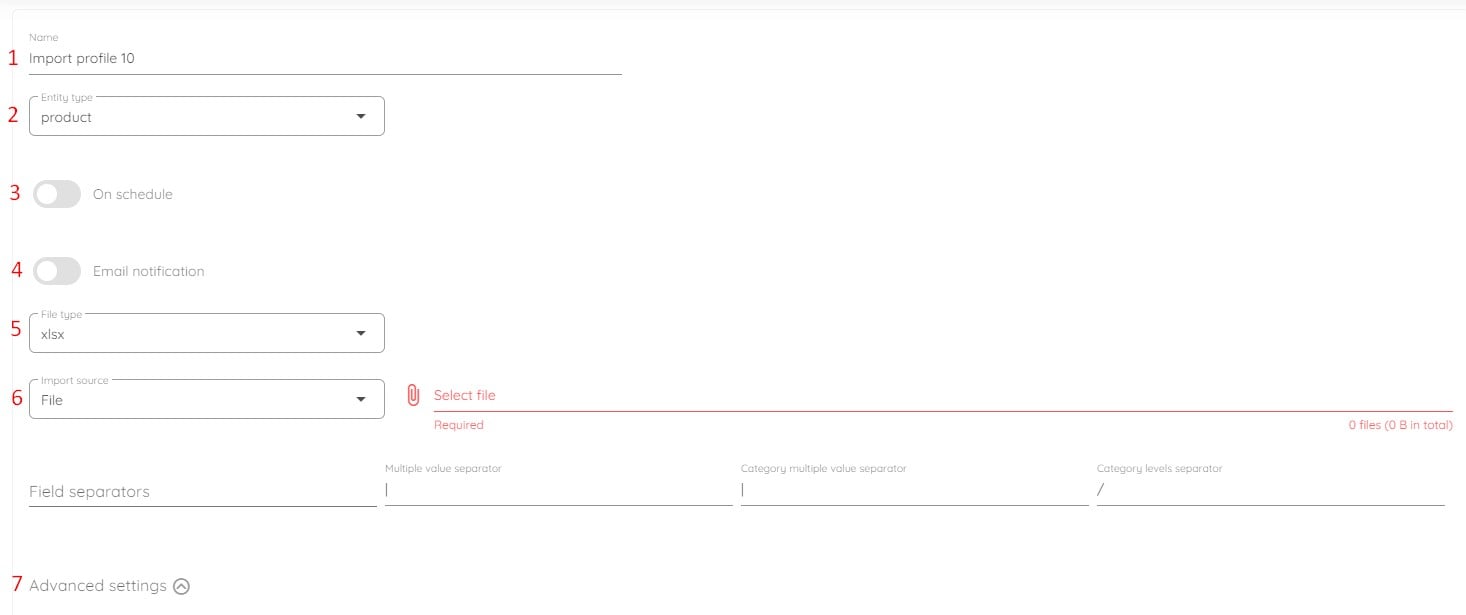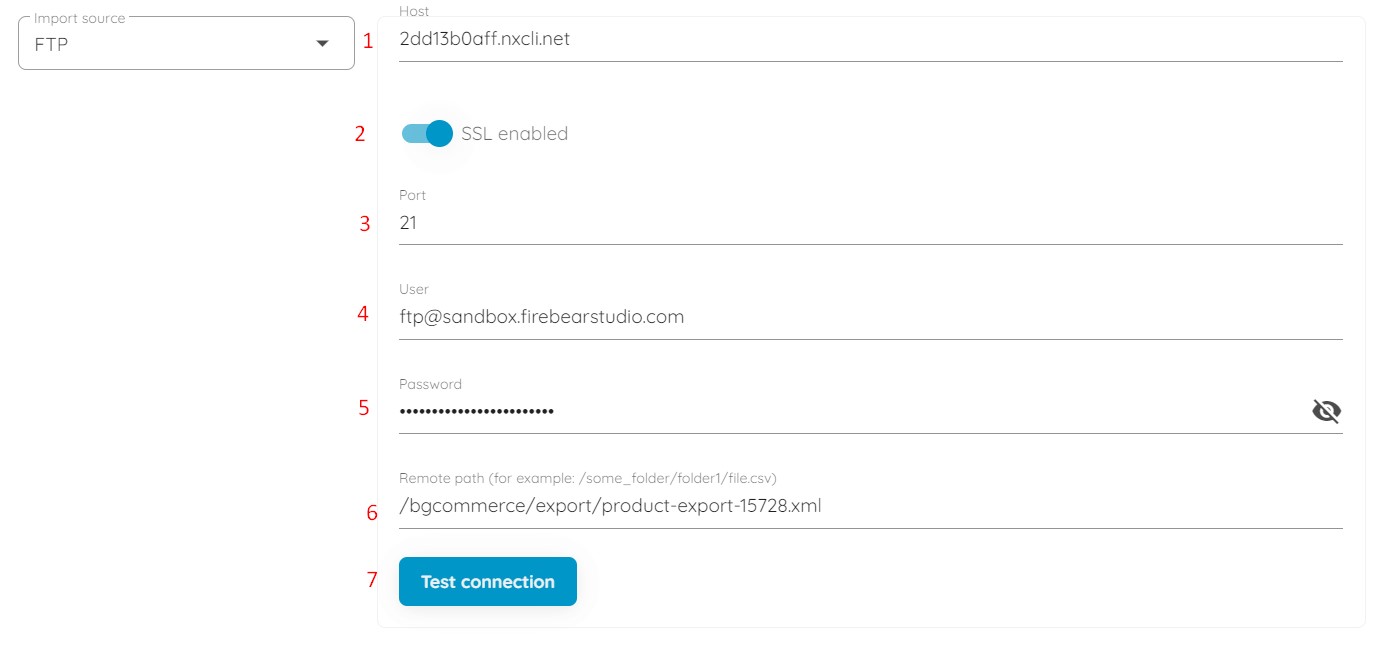How to Import Files to Shopware 6 from FTP

By default, you can only upload files to Shopware 6. It means that if your update is stored somewhere on a remote server, you cannot import it to your e-commerce website. You will need to take it from the server and provide it to Shopware 6 manually. However, there is a way to enable Shopware 6 FTP import. You will need the Improved Import, Export, and Mass Actions app because it completely revamps the standard Shopware 6 import. The following tutorial will teach you how to import files to Shopware 6 from FTP. Also, don’t forget to go over our Shopware Cookbook for other helpful hints.

What is FTP
FTP stands for File Transfer Protocol. It is a standard network protocol used for file transfers from one host to another over a TCP-based network. In other words, it lets you transfer files over the Internet.
FTP works as follows: it opens two connections that link the computers trying to communicate with one another. The transfer is fully automated which is very convenient in terms of regular file transfers. Since you cannot leverage this mechanism with the default Shopware 6 tools, let’s see how the alternative approach works.
How to import files to Shopware 6 from FTP
The Improved Import, Export & Mass Actions application lets you leverage FTP file transfers. Go to Extensions -> Improved Import, Export & Mass Actions -> Product Import. Click the New Profile button.

The Select file screen displays. Here. you can configure your FTP connection. Follow these steps to configure your Shopeare 6 FTP import:

- Specify your profile’s name;
- Select an entity you want to import (e.g., products or customers);
- Create a schedule of updates if applicable;
- Configure email notifications if necessary;
- Select your file format (e.g., CSV, XML, or XLSX);
- Choose FTP as your import source (you can also use file, URL, Google Drive, or Google Sheets):
- Specify your host;
- Enable/disable SSL;
- Specify your port;
- Provide a user email to get access to the remote file source;
- Specify the corresponding password;
- Type the remote path to your update file;
- Test the connection to make sure you’ve provided the correct credentials.

- Configure advanced settings: URL rewrite behavior, media replacement behavior, and stock increment strategy.
Next, move to the mapping screen. Specify which columns from the imported file match the properties of the products from your Shopware 6 store.
Note that the app lets you preview how products will look before you import them. When you click the Import button at the bottom of the Preview result page, the extension imports your file.
You can read more about the enhanced Shopware 6 import in our Improved Import, Export & Mass Actions Manual.
Other Features
The Improved Import, Export, and Mass Actions app tackles the most prevalent concerns that Shopware 6 shop owners encounter during the import and export procedures, such as product bulk editing from a single page. Unlike the standard approach, the app outputs all product attributes in a single file rather of many distinct files for each property. Other important aspects include:
- Full product import and export including custom properties (attributes);
- Customer import and export including addresses;
- Orders export;
- Full support for product variants with a full set of attributes;
- Product properties mapping and mapping presets;
- Import and export schedules;
- Support for CSV, XLSX, and XLSX file types;
- Direct file uploads;
- FTP/FTPS uploads.
You can find more information about the product here:
- Improved Import, Export & Mass Actions application for Shopware 6
- Improved Import, Export & Mass Actions Manual

